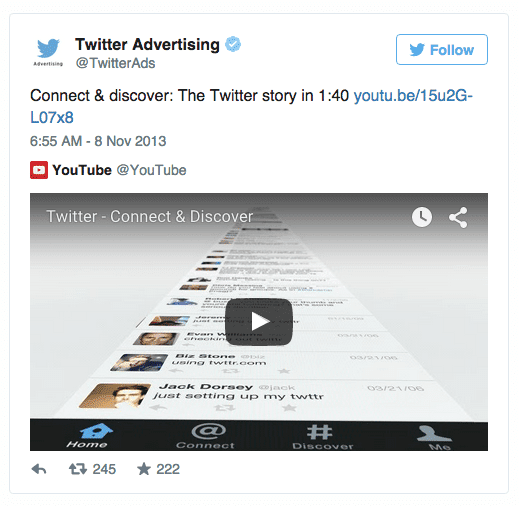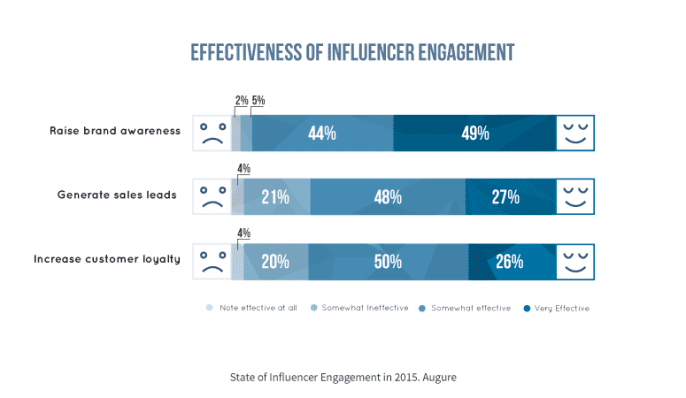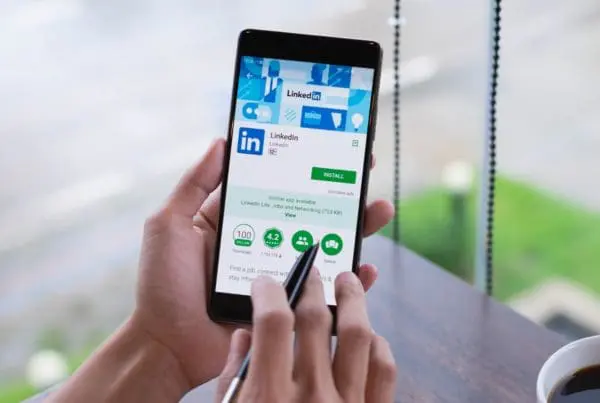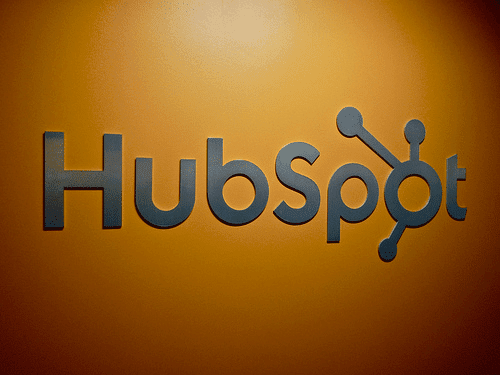Last year, businesses spent a reported $135 billion on creating new digital marketing content. According to the Content Marketing Institute, 93 percent of B2B marketers use content marketing, yet less than half (42 percent) say that they are effective at it. Among the challenges B2B content marketers face, the top three are lack of time, producing enough content (quantity) and producing content that engages (quality). Mastering amplification mitigates for all three.
Get Lost or Be Found
Great content doesn’t share itself. So of course, there’s content strategy. Traditionally, the guiding strategy that content marketers hold fast to is known as inbound marketing, which is essentially responsible for why content itself has become the ultimate currency of brand awareness today. The basis of inbound marketing’s rationale is that people are constantly searching online for the kind of product or service your company provides, so you need to make yourself the most search-friendly, or easiest, name out there to find. SEO-optimized content is the hook that reels in prospective customers. However, search is only one of three sources of content traffic.
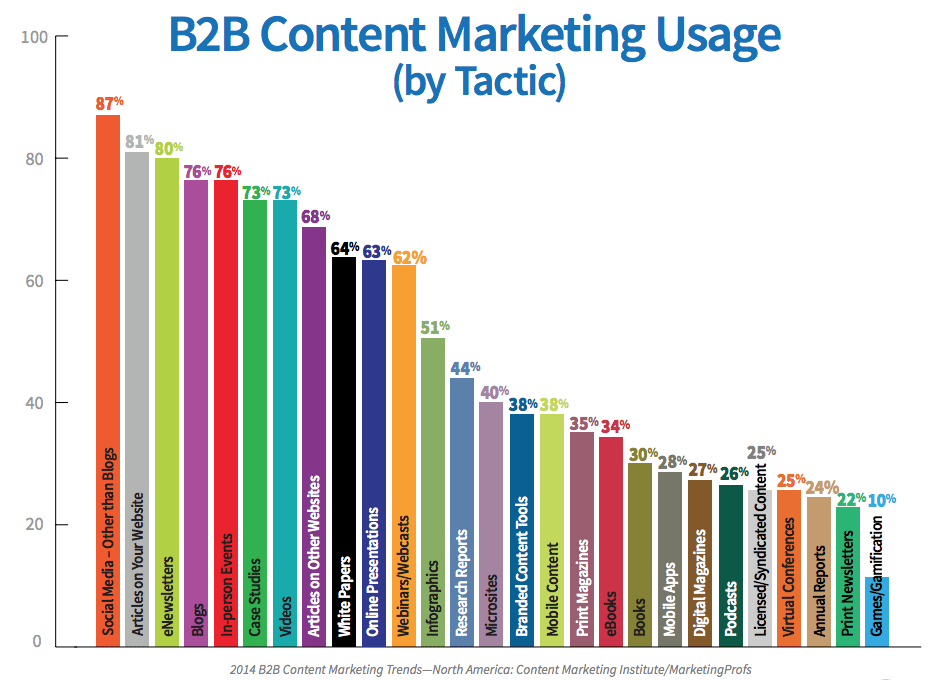
The Social Lives of Content
The power of social media platforms now outperforms the omnificent Google. The top eight social networks drove 31 percent of overall traffic to sites in December 2014, up from 22.71 percent the same time in 2013. Social shares extend the lifespan of content, but not by much. Pagemodo, a social media marketing company, calculated the half-life of social media sharing, meaning the time it takes a social post to receive half of the engagement activity it will ever experience. The typical tweet will reach half the value of its total engagement within the first 16 minutes after it was posted. And less than 10 percent of retweets will happen after one day. For a Facebook post, half-life averages have been measured to range from 45 to 90 minutes of posting. To maximize those small windows of time, re-create them over, and over again, by reposting top-performing tweets and also re-purposing portions of your content across other social media platforms. Adapting your content to suit the unique user behavior of each platform will extend its reach.
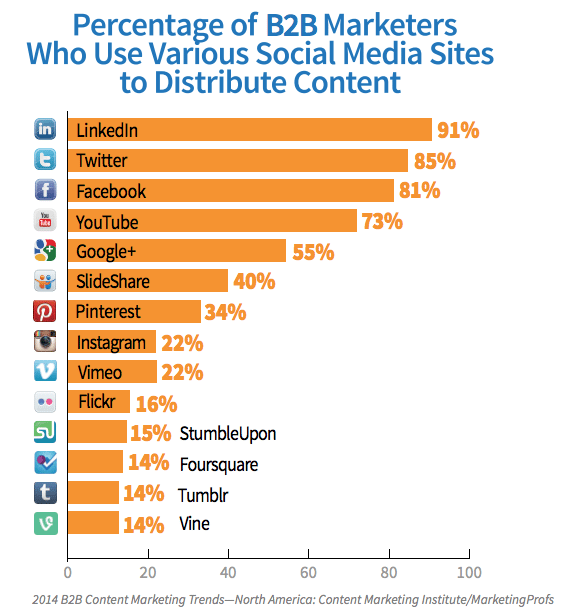
Here are some tips and tools for building an intelligent social media content marketing strategy:
- Tweet when your audience is listening. Tweriod generates an analysis report of your audience’s tweets, so you can time your tweets for when your followers are most likely to see them.
- Schedule those timed tweets and other social posts. Using a marketing automation platform, such as Hubspot, or a social media dashboard, such as Hootsuite, enables you to save time in advance by planning your social media posts as comprehensive content marketing campaigns. Twitter has its own platform specific tool, Tweetdeck, to track activity and schedule tweets.
- Use Twitter cards. Twitter analyzed the content of over 2 million Tweets sent by thousands of verified users over the course of a month to determine what generates retweets. Photos average a 35 percent boost in Retweets; Videos get a 28 percent boost; Quotes get a 19 percent boost in Retweets; Including a number receives a 17 percent bump in Retweets; Hashtags receive a 16 percent boost. It’s critical to note that these figures vary across industries, see exactly how for yourself. By adding a few lines of HTML to your webpage, users who Tweet links to your content will have a media rich “Card” added to the Tweet that drives traffic to your desired webpage.
- Reach out to the influencers. Capitalize on the clout of the leading voices within your industry. Tapping into pre-existing communities is not only fast, but also significantly enhances the credibility of your brand. Followerwonk, Twellow or Google+ statistics help find social media users with large followings. You can also use a tool like Topsy to find popular content and see who created and shared that content. A reported 84 percent of marketing and communications professionals worldwide plan to launch at least one program involving influencers in the next 12 months.
It Pays to Discover
Automated, personalized, and much more contextual than ever before, content discovery is the process of exploring content without actively seeking it out. It’s also proven to be the most valuable source of online traffic for its engagement. With the decline of online banner ads has come native advertising—content designed to blend in with editorial content—and content recommendations. The two biggest names of the latter type are Taboola and Oubtrain, both of which present your content on a publisher’s website under the seductively suggestive heading, “Content You May Like.” These are paid recommendations developed through an algorithm that matches your pieces of content with relevant posts on other sites and blogs for your target audience. Sharing your content through a content discovery service gets your brand exposure on top tier sites that your target audience already regards as a trusted resource for information. Perhaps, it’s because of this built-in relationship, that discovery content boasts the best quality traffic and lead generation.
Pooling from its network of over 100,000 publisher sites, Outbrain conducted a study to see how traffic sources impact reader engagement. Discovery traffic views 100 percent more pages per session than search traffic and 165 percent more pages per session than social traffic. Discovery traffic is 23 percent less likely to bounce than search traffic and 32 percent less likely to bounce than social traffic.
All Together Now
The explosion of online content has been met with the proliferation of technology vendors and solutions that address the needs of content and digital marketers. Content marketing platform (CMP) Curata created a head-spinning content marketing tools map, which has increased from 40 vendors to over 130 vendors in its most recent version —view at your own risk!
With so many capabilities at your fingertips, marketing automation has quickly become the saving grace of the content marketer’s sanity. CMPs consolidate the duties and functions of marketers to drive awareness, leads and revenue from their content, facilitates a data-driven, scalable and multi-channel approach through strategy, production, distribution, i.e. publication and promotion, and analytics. Examples of notable content marketing platforms include Oracle Eloqua Content Marketing (B2B), Percolate, (B2C), and Contently, a content marketing agency with its own content marketing software to increase the value of its writing services.
Seeing is Believing: Visual Content Marketing
The best performing content is visual. Tweets with images receive 18 percent more clicks, 89 percent more favorites and 150 percent more retweets is it Retweet or retweet?. The number of video posts per person on Facebook has increased 75 percent globally and 94 percent in the US, in the just the past year. Engagement with brand videos grew 18 percent% during the first quarter of this year – more than three times faster than the overall increase – though video only accounted for 10 percent of overall engagement with brand content. According to data on 100,000 brands from social-analytics firm Shareablee, despite more posts from Facebook and Twitter, Instagram was the biggest driver of branded content. Consumer action per brand was 21 percent greater on Instagram at 1.9 million actions –– more than 20 times the rate of Twitter and nearly three times the rate of parent Facebook.
Collectively, this audience behavior is creating an urgent need for automated visual content marketing, which is not exactly a known industry term…yet. My Google search yields only one result for a company whose capabilities encapsulate the full content lifecycle: Chute. This visual content marketing automation platform enables companies to collect consumers’ photos, videos and tweets about their brand on Facebook, Twitter, Instagram and Google+, and then request permission to publish that organic content across all of their marketing channels – whether owned, shared, earned or paid. With the capability to access and repurpose user-generated content, content marketers on the Chute platform can effectively solve the top three challenges of their industry mentioned at the beginning of this article, lack of time, and quality and quantity of content.
Marketing tech is increasingly resembling content discovery for companies to find their fans and audience. In a similar way to how customer Yelp reviews replaced the promotional advertising edge of food critics, content marketing automation is eroding the relevance and utility of ad tech itself ––by 2019, digital marketing will make up over a third of advertising spend–– by allowing brands to leverage touch points of their engagement into complete marketing campaigns.


